Travel #24 | "Aoi Matsuri" a Kyoto Legendary Festival | 葵まつり祭り
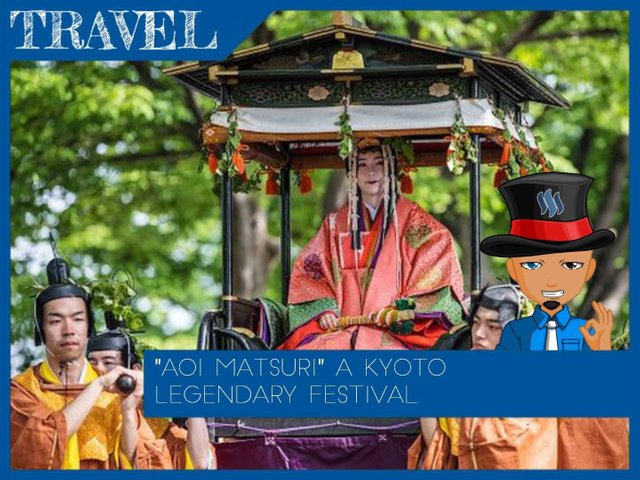
Aoi Matsuri in Japanese means hollyhock leaves (large leaves with bright colors), commonly used by Kyoto residents during this festival.
Historically, Aoi Matsuri was first held during the reign of Emperor Kinmei (539-571) as a form of gratitude to Kyoto Dewa Kamo because it has stopped the catastrophic disasters and disease outbreaks that spread in the community. There are two main roles in this ritual process, namely Saio-Dai and Imperial Messenger as the leader of the festival. Behind him was followed by a procession of 2 carts drawn by 4 cows, 36 horsemen, and about 500 people in Heian period costumes adorned with aoi leaves.
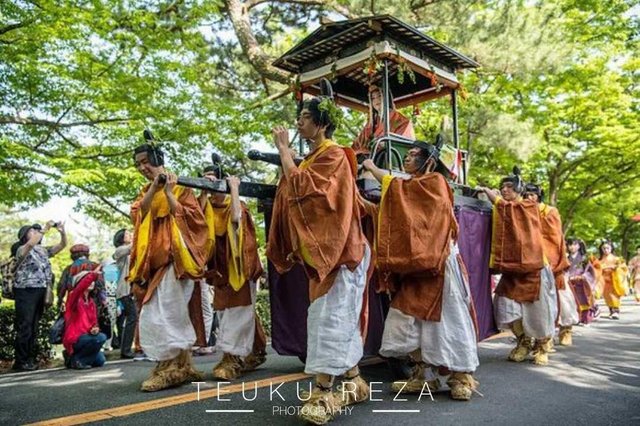
The festival starts at 10:30 am moving from the southern gate of the Kyoto Imperial Palace across the river in front of Shimogamo Shrine and ends at Kamigamo Shrine.
Read Also : Know The Borders Of North Korea & South Korea | 한국 - 서울의 경계선
In the time of the Heian empire, the main star in Aoi Matsuri's procession was a woman called Saio. Saio's role was entrusted to one of Emperor Saga's daughters who were sent as miko at the Kamo Shrine. But at the moment, the woman who plays Saio is called Saio-dai because it is chosen from the common people. The woman chosen as Saio-dai should not be married and come from the city of Kyoto. Saio-dai wore thick makeup and blackened teeth (Ohaguru). The type of kimono worn by Saio is called Junihitoe. To maintain the purity of the ritual, Saio-dai must perform several rituals of purification before the process is carried out.
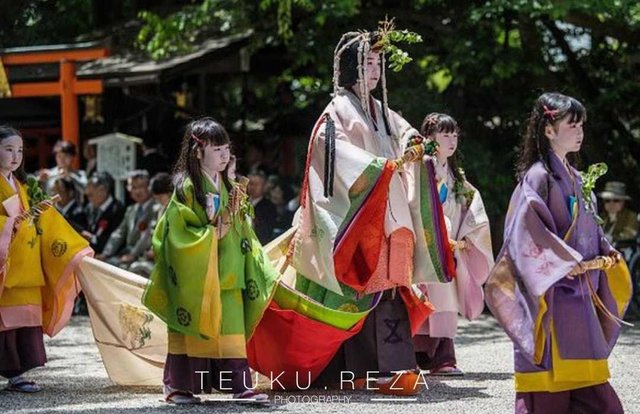
Aoi Matsuri is one of three major festivals held in Kyoto, Japan. The festival is held annually on May 15th.
During the process of Aoi Matsuri, Saio-dai is surrounded by several women's rows of daughters called Menowarawa, and women who act as horsemen, minions of women called Uneme, and court officials.
Read Also : Petra : The Story of the Lost City in Jordan
In the Kamakura empire (1185-1333) until the Muromachi period (1338-1573) Aoi Matsuri had been stopped because at that time Japan was experiencing chaos caused by the Shogun's internal warfare. Then later In the Edo empire after the Emperor moved the Japanese capital to Tokyo (1884) Aoi Matsuri was re-enacted in order to attract the public to watch the festival.
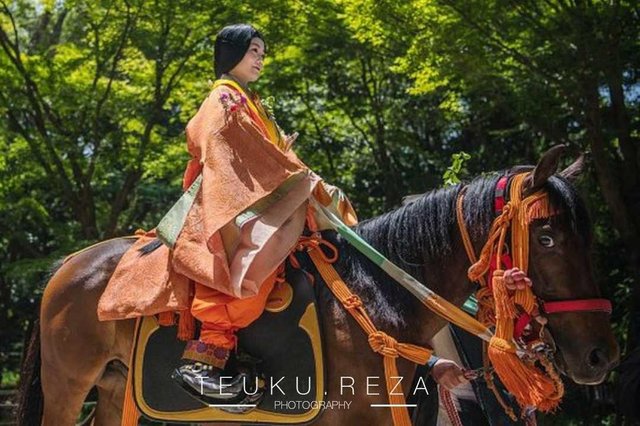
Aoi Matsuri festival celebration as an effort to maintain local wisdom of Kyoto community make people do not lose their unique identity as citizens of Kyoto in the middle of the current modernity and technological sophistication that increasingly led Japan to become one of the country with the most advanced technology.
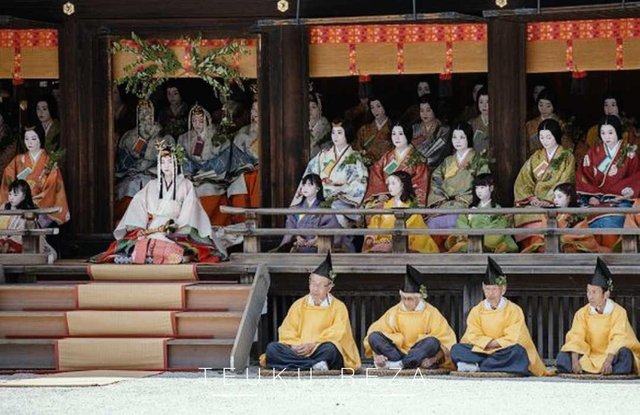

...........................THANK YOU..........................
 ###### ALL RIGHT RESERVED | [TEUKU.REZA](https://steemit.com/@teuku.reza) | © COPYRIGHT 2017
###### ALL RIGHT RESERVED | [TEUKU.REZA](https://steemit.com/@teuku.reza) | © COPYRIGHT 2017